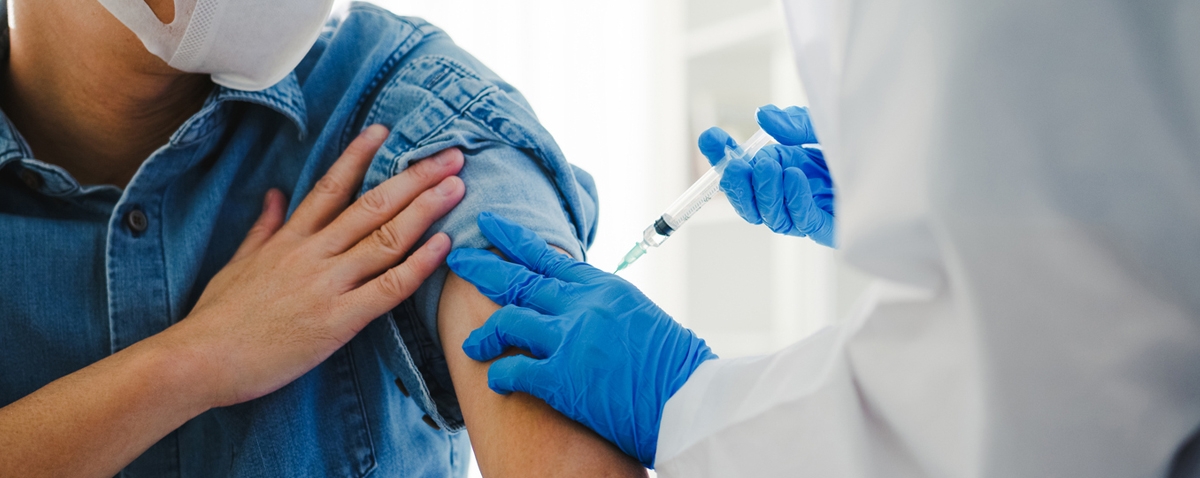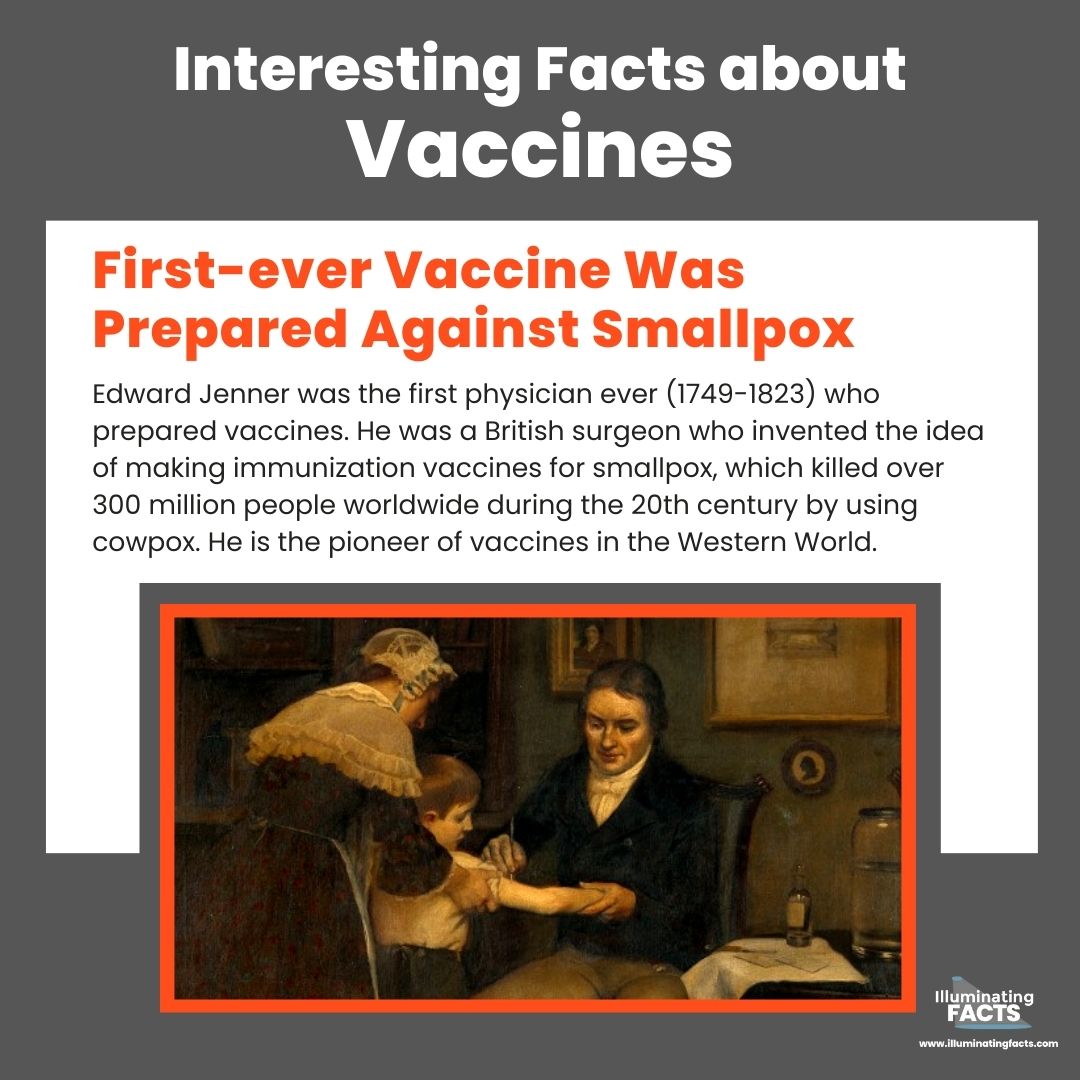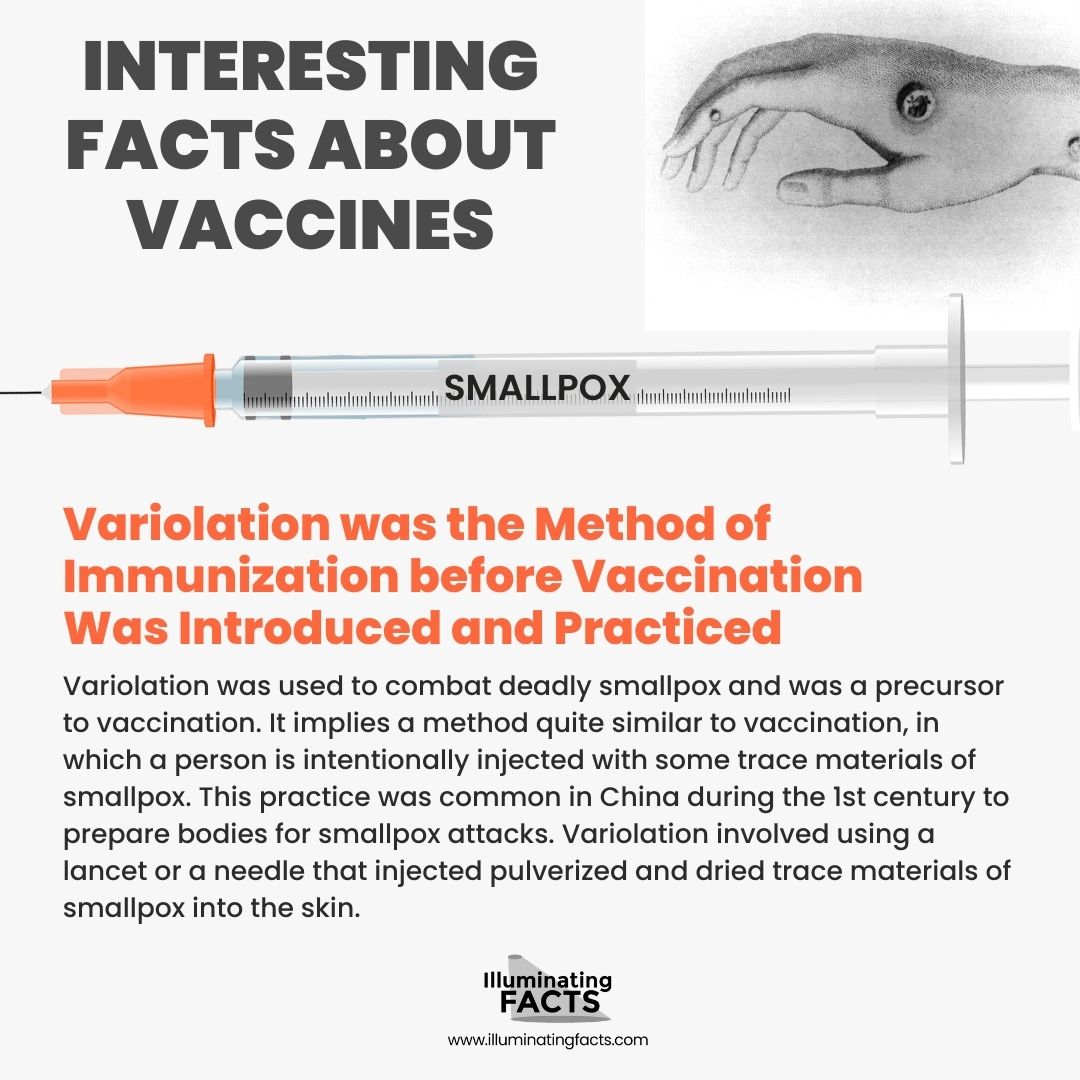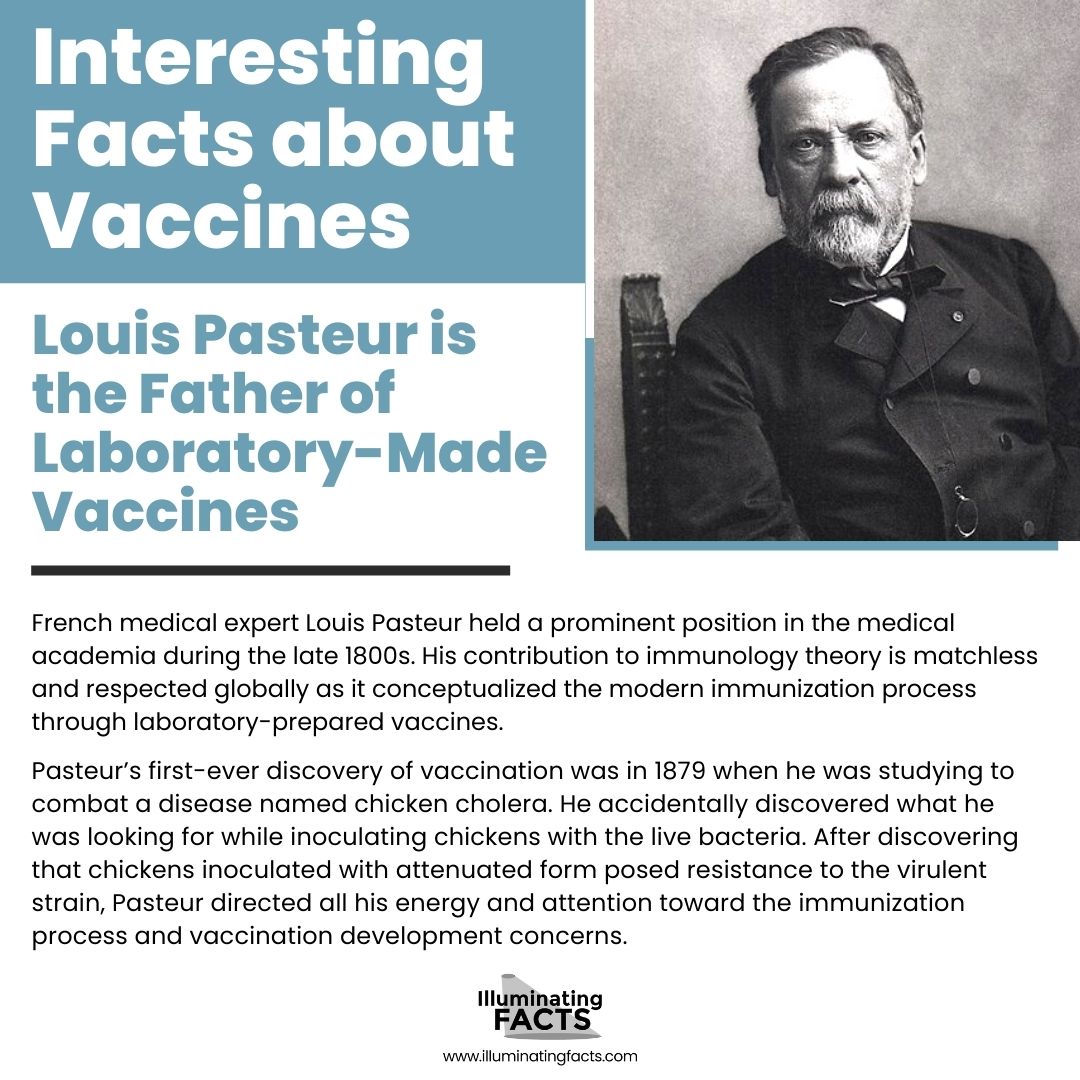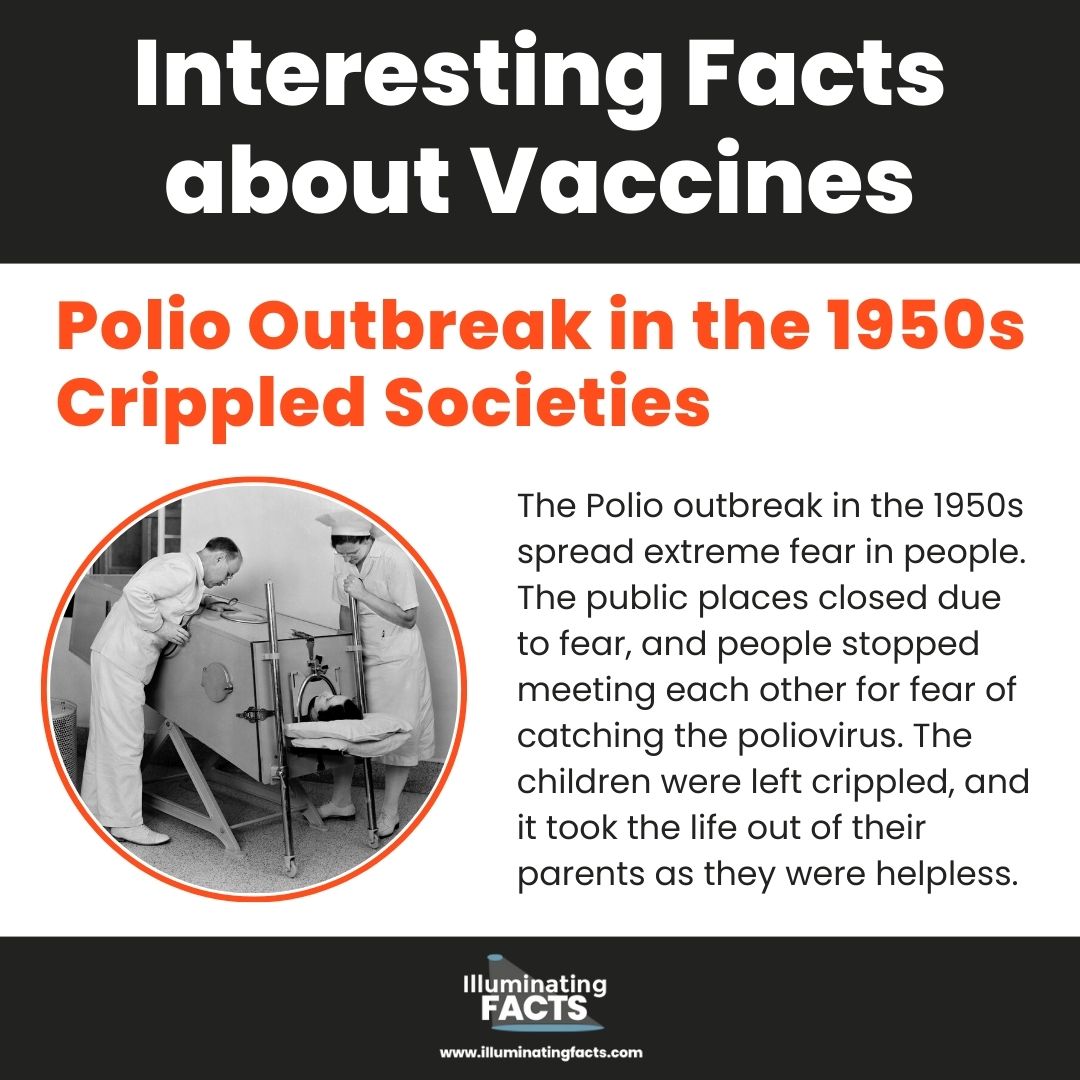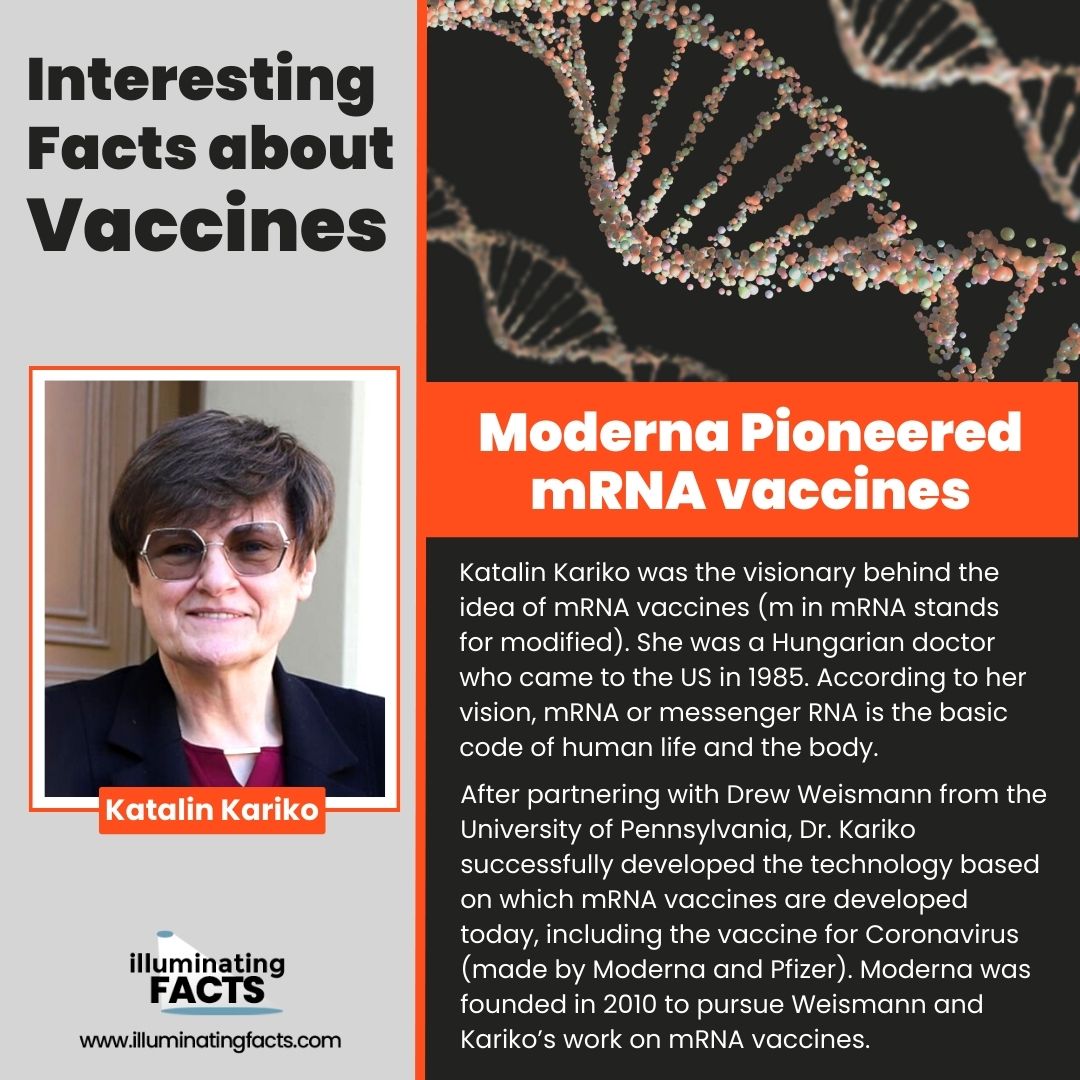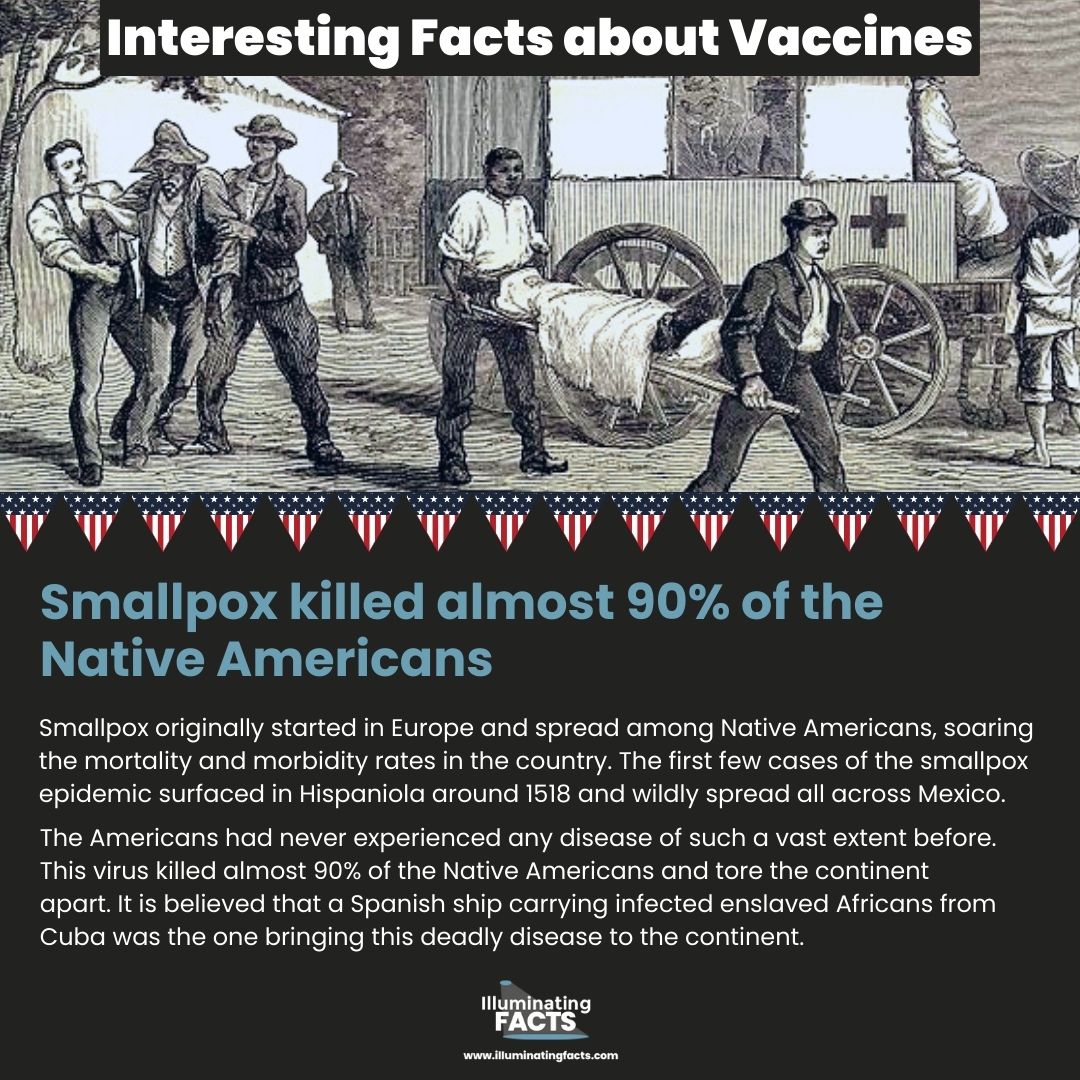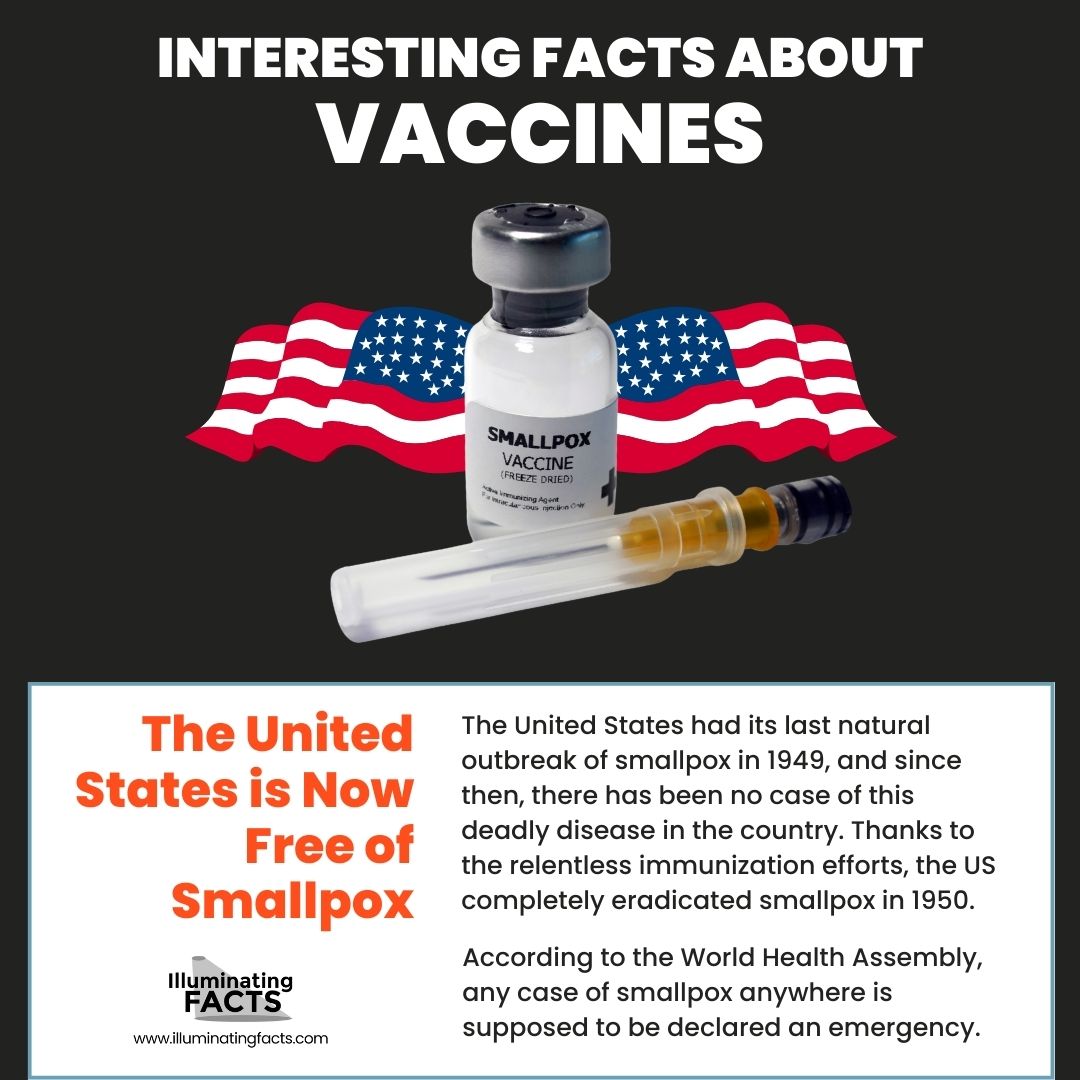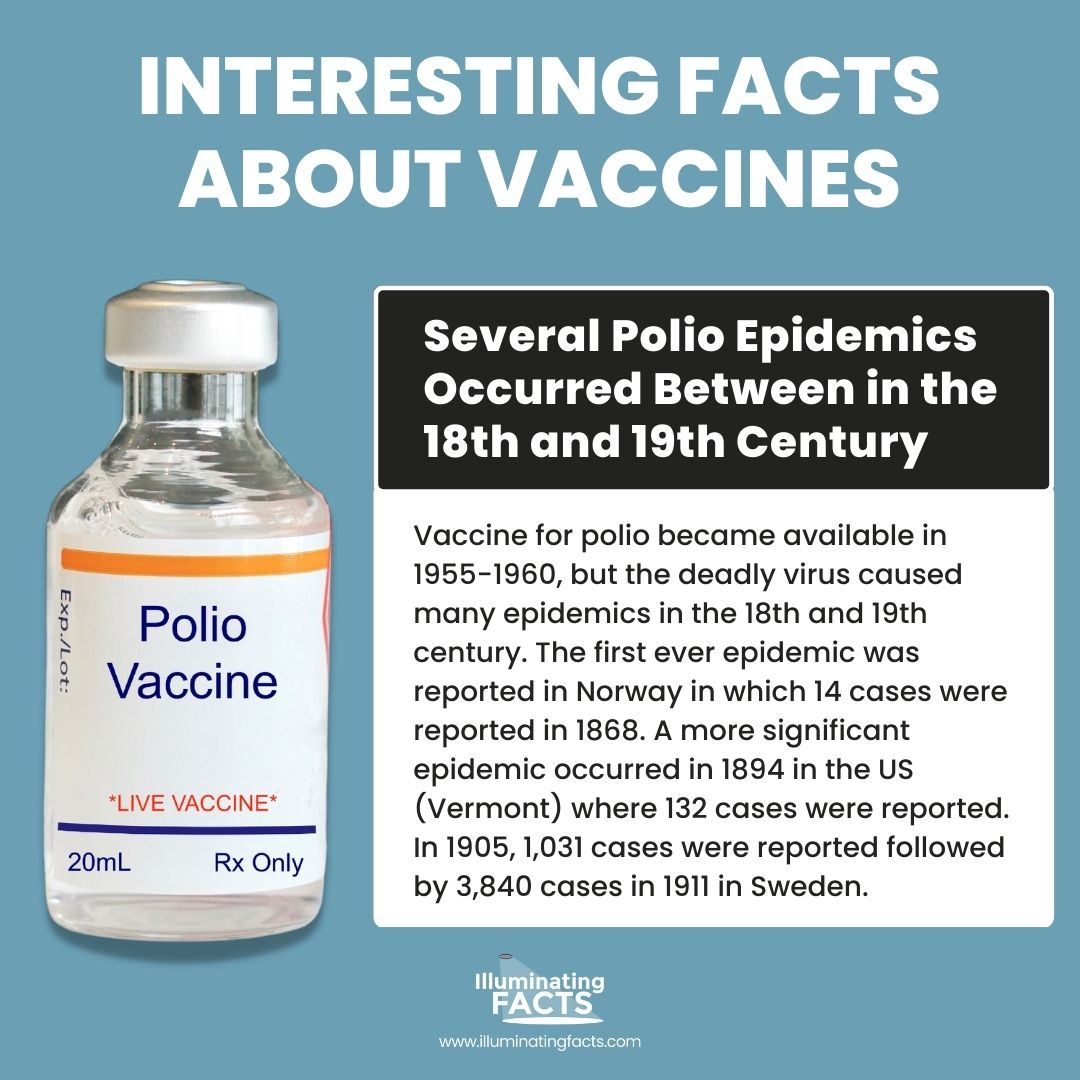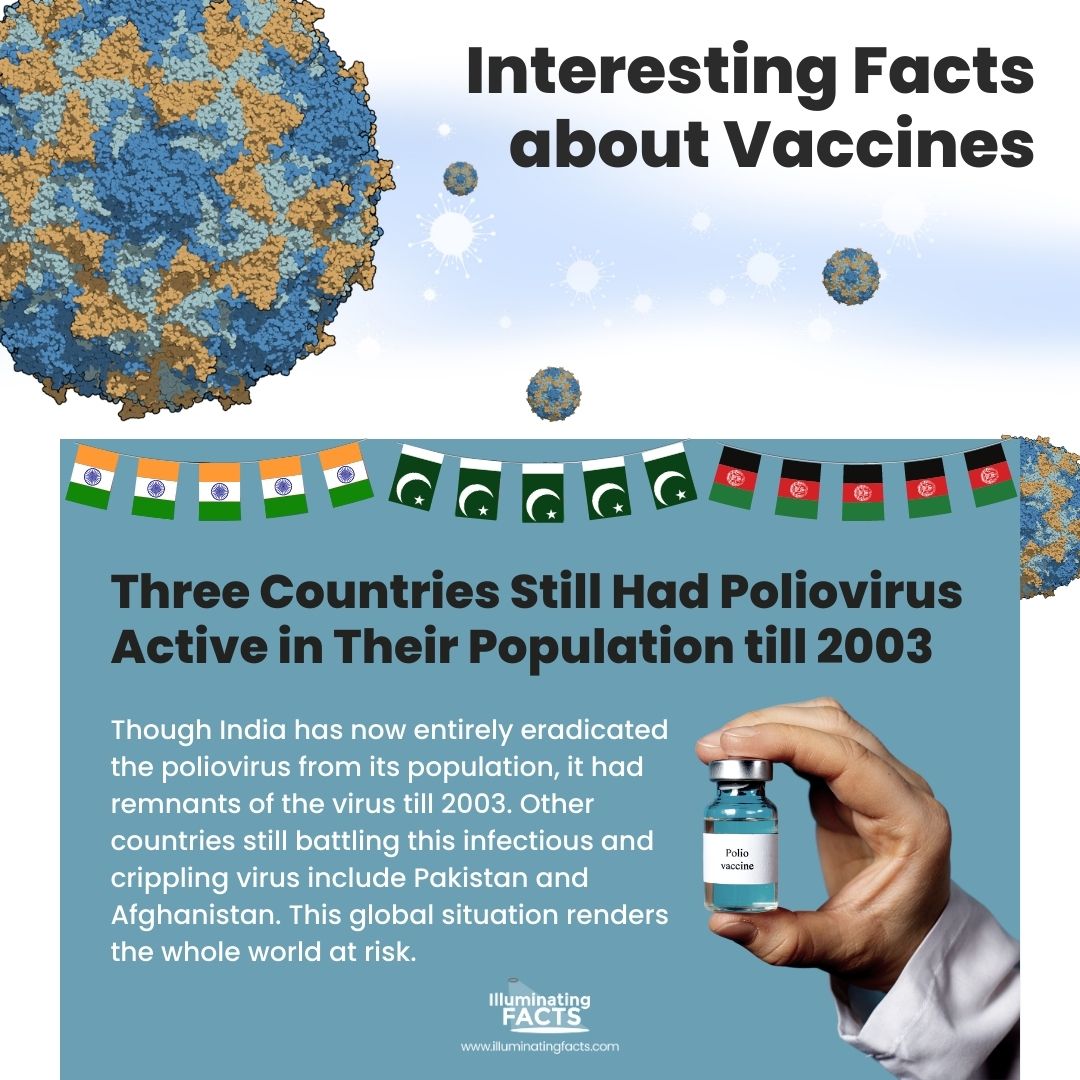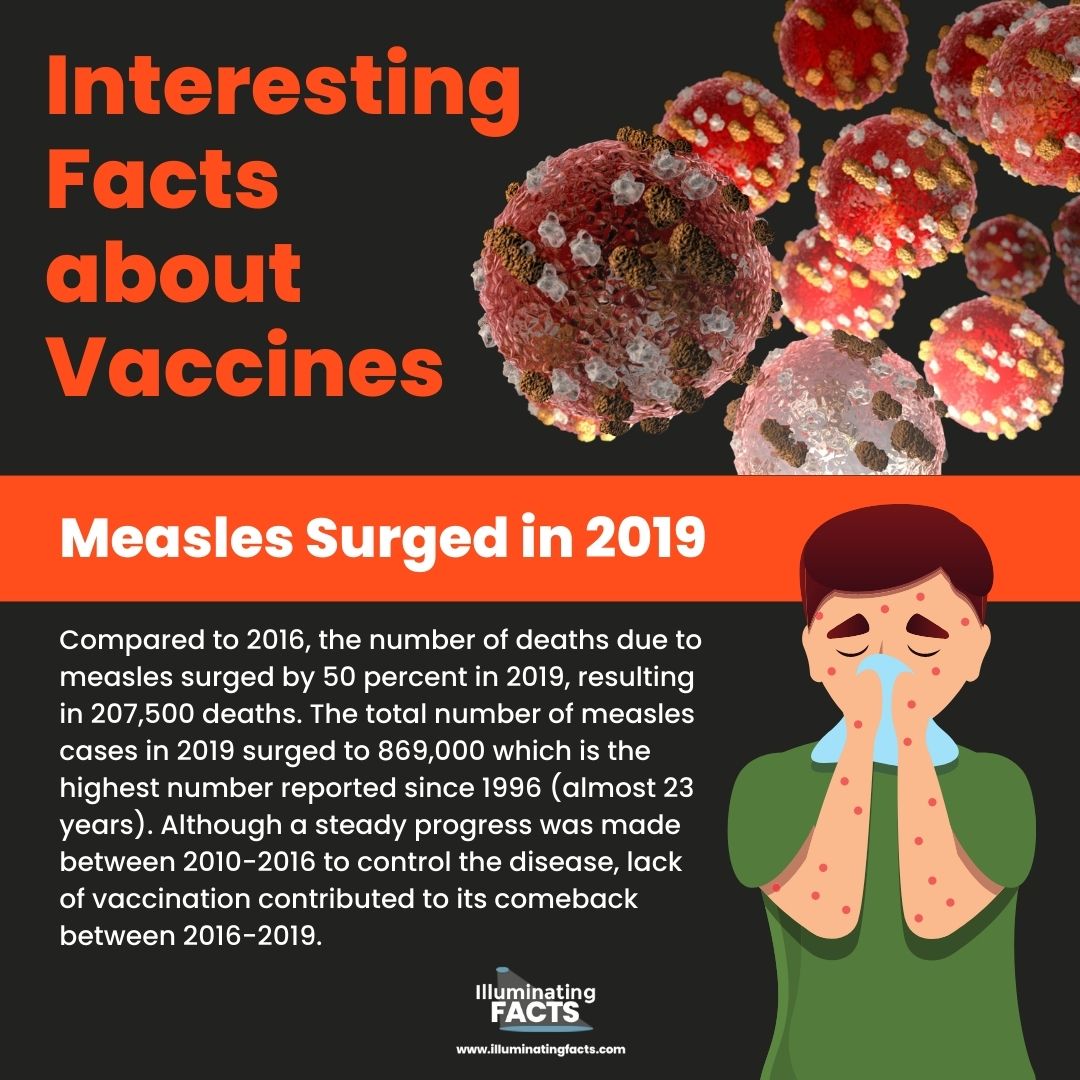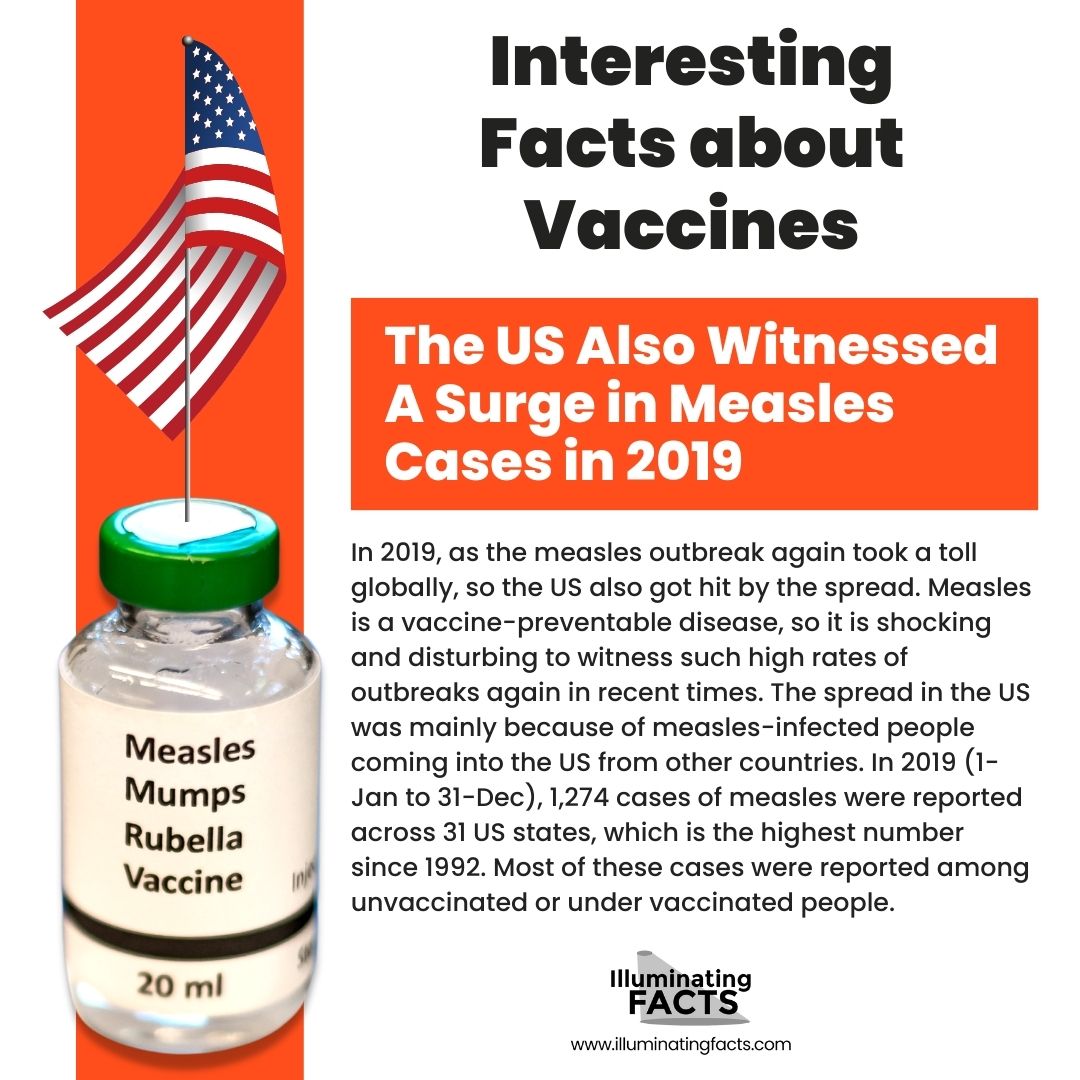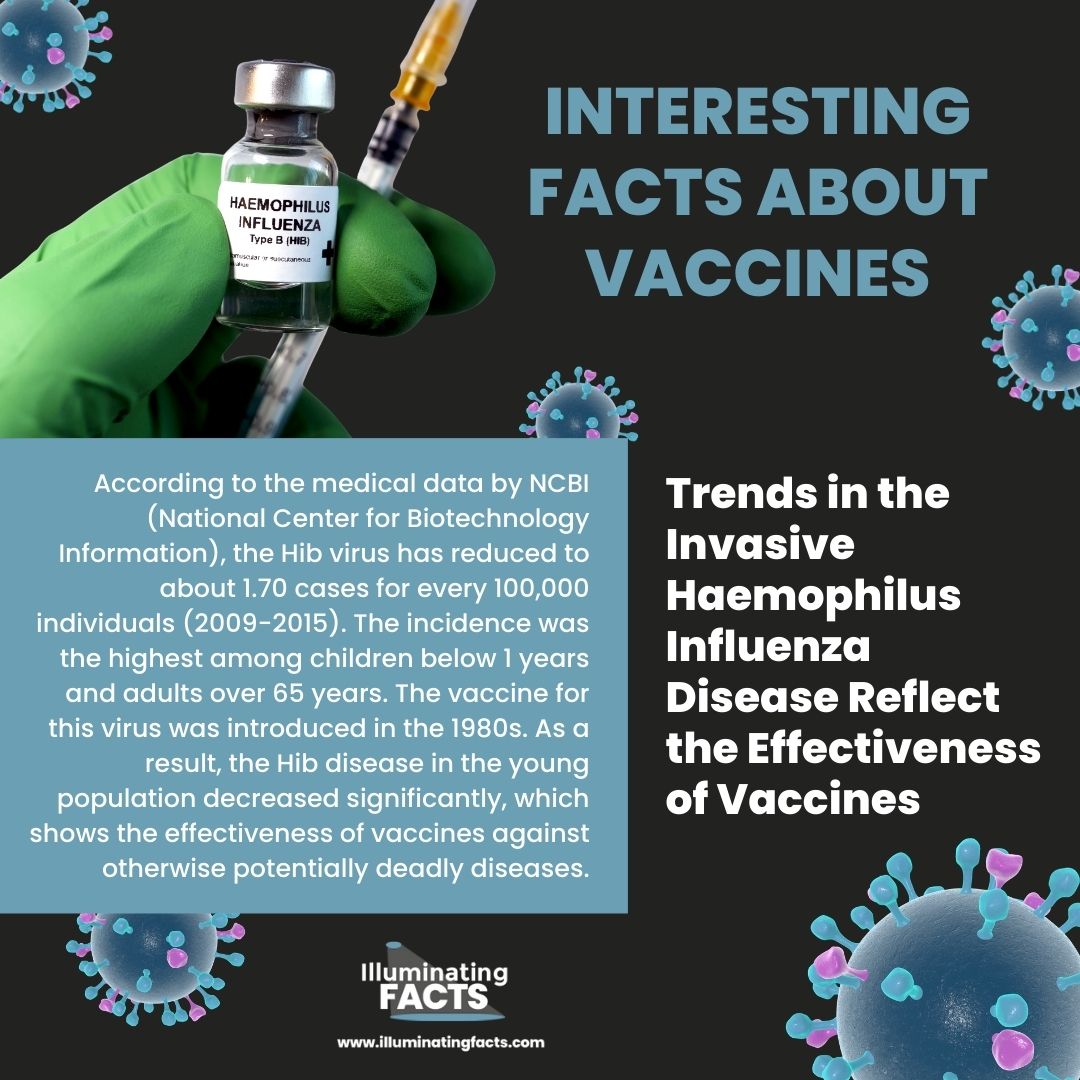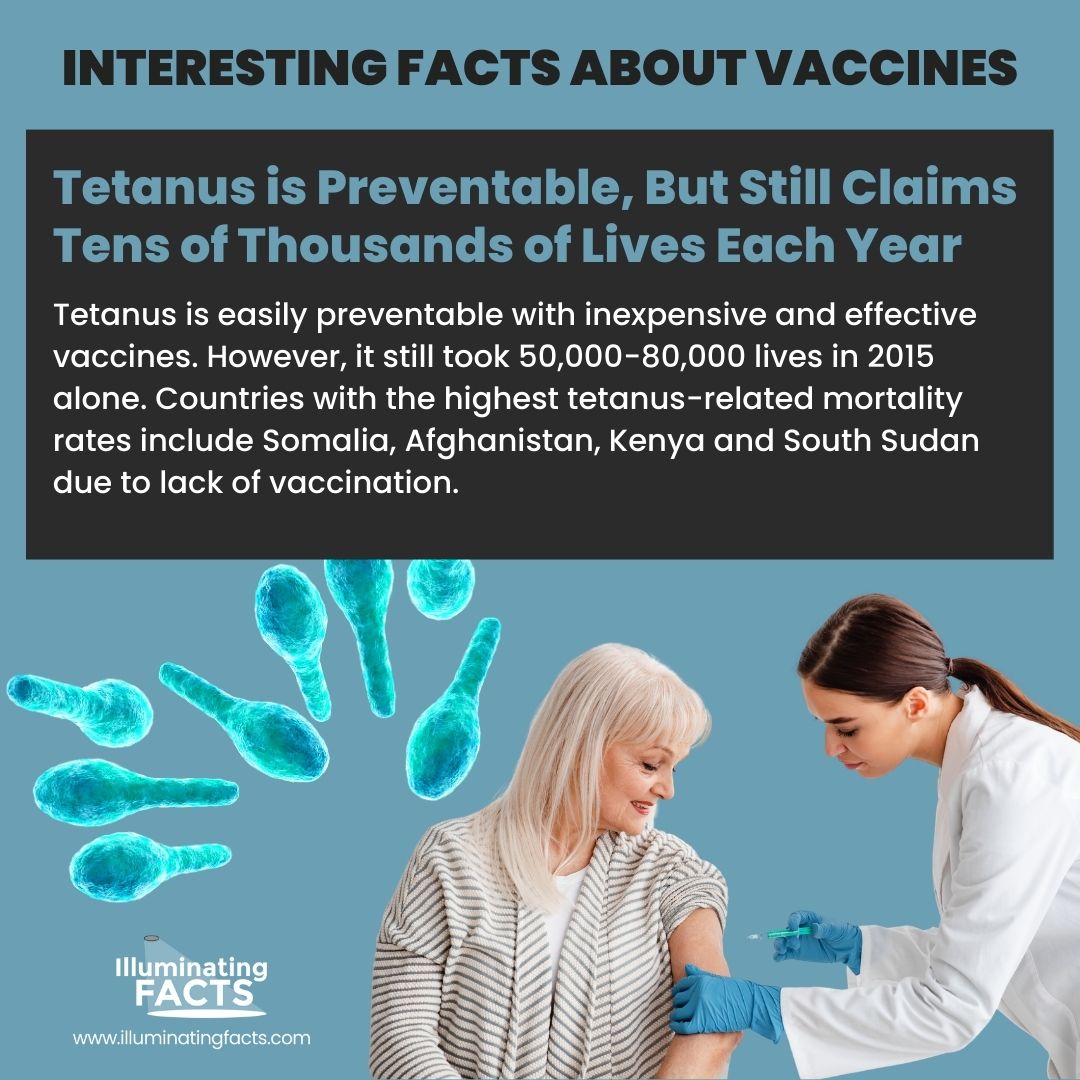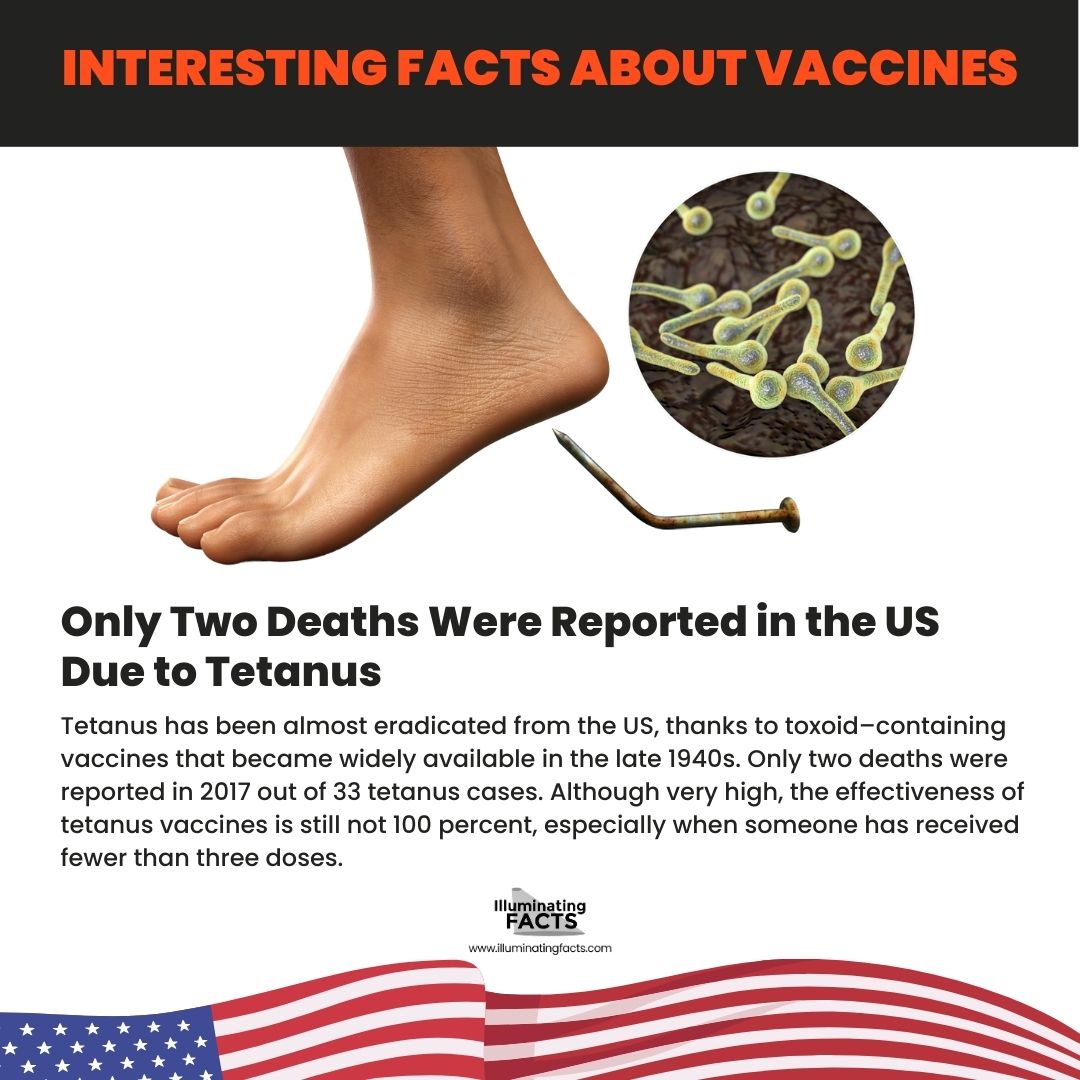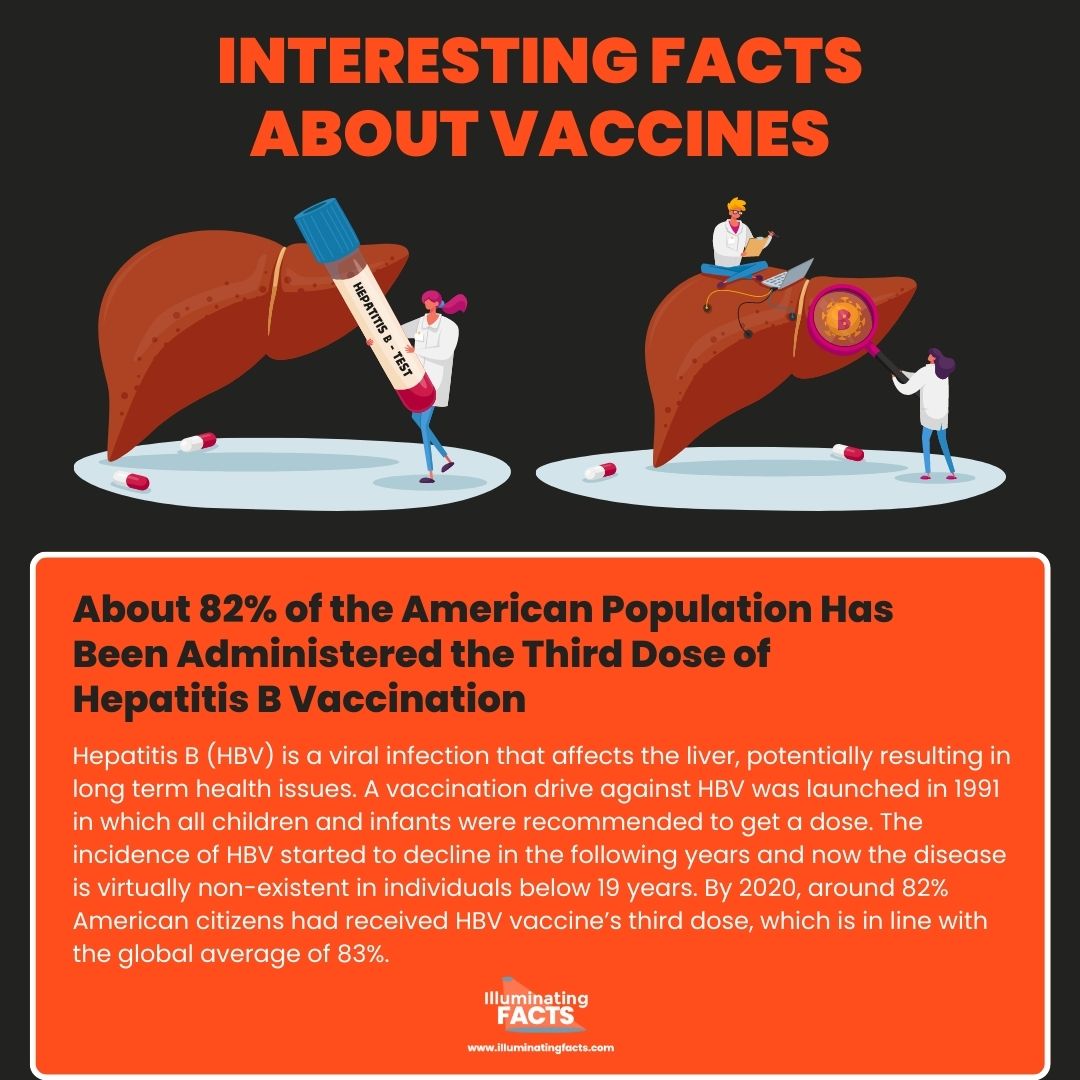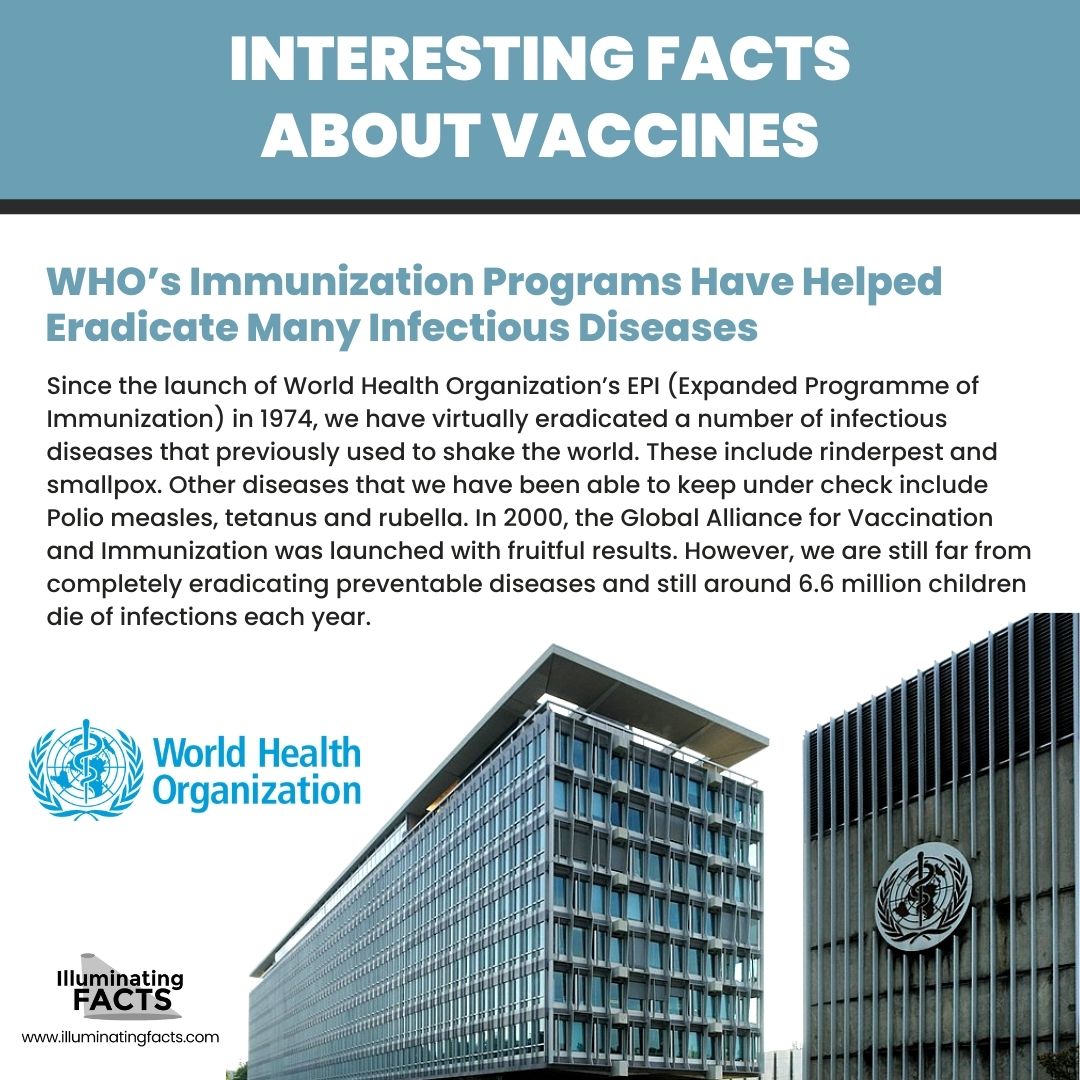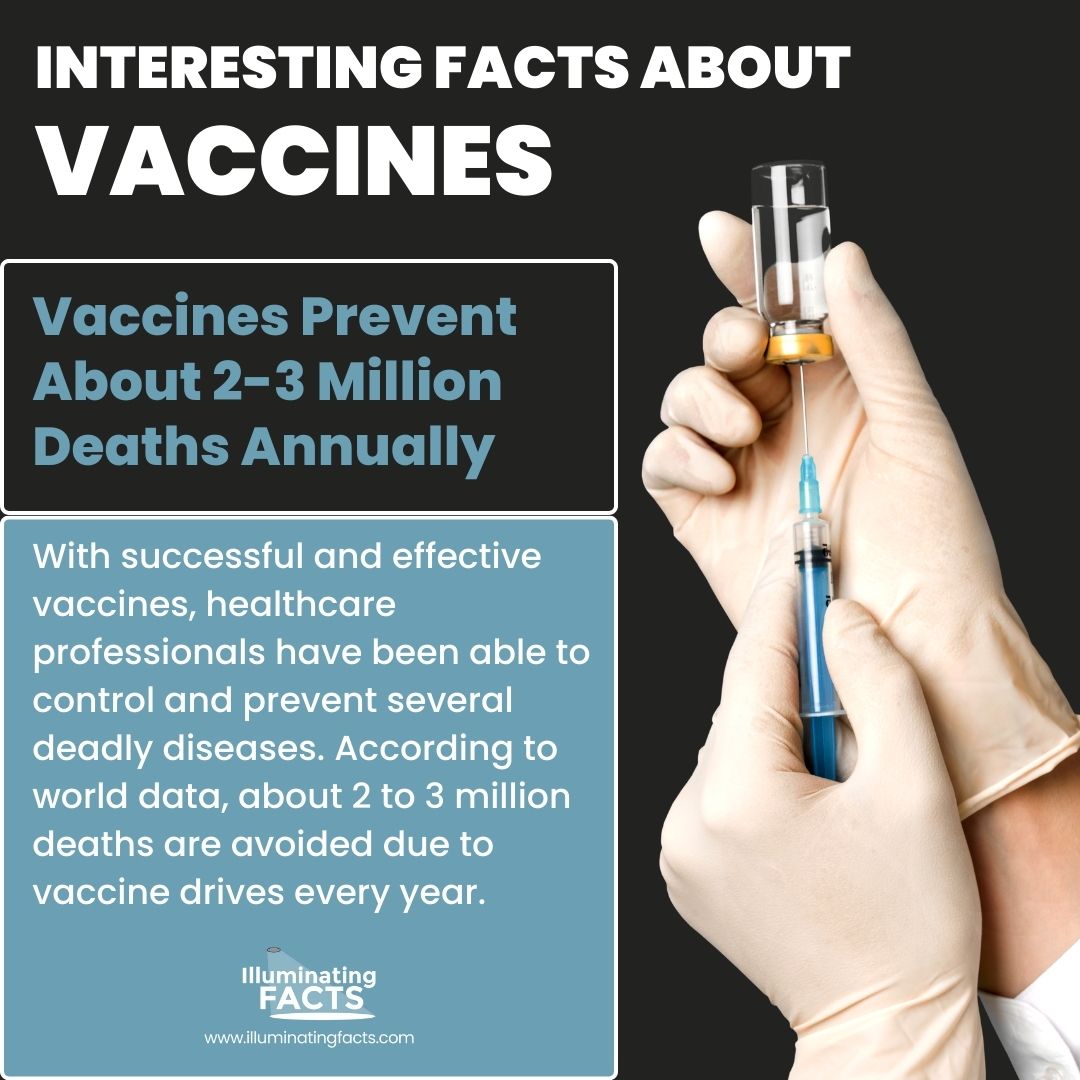Vaccines have become an inherent part of the healthcare system of any country. It is mostly part of the law to have individuals in your family vaccinated as vaccines provide immunization against tons of diseases that otherwise endanger the population. Vaccination programs are an essential part of public health policy as governing bodies strive to ensure the availability and ease of such programs.
Countries have successfully brought down high infant and child mortality rates by implementing efficient immunization programs, especially for pediatric care. Vaccines are preventive rather than curative. They have biological particles that trigger the exact mechanism of the body’s immune system against any disease beforehand, helping the body be prepared for any impending danger.
1. First-ever Vaccine Was Prepared Against Smallpox
Edward Jenner was the first physician ever (1749-1823) who prepared vaccines. He was a British surgeon who invented the idea of making immunization vaccines for smallpox, which killed over 300 million people worldwide during the 20th century by using cowpox. He is the pioneer of vaccines in the Western World.
2. Variolation was the Method of Immunization before Vaccination Was Introduced and Practiced
Variolation was used to combat deadly smallpox and was a precursor to vaccination. It implies a method quite similar to vaccination, in which a person is intentionally injected with some trace materials of smallpox. This practice was common in China during the 1st century to prepare bodies for smallpox attacks. Variolation involved using a lancet or a needle that injected pulverized and dried trace materials of smallpox into the skin.
3. Louis Pasteur is the Father of Laboratory-Made Vaccines
French medical expert Louis Pasteur held a prominent position in the medical academia during the late 1800s. His contribution to immunology theory is matchless and respected globally as it conceptualized the modern immunization process through laboratory-prepared vaccines.
Pasteur’s first-ever discovery of vaccination was in 1879 when he was studying to combat a disease named chicken cholera. He accidentally discovered what he was looking for while inoculating chickens with the live bacteria. After discovering that chickens inoculated with attenuated form posed resistance to the virulent strain, Pasteur directed all his energy and attention toward the immunization process and vaccination development concerns.
4. Polio Outbreak in the 1950s Crippled Societies
The Polio outbreak in the 1950s spread extreme fear in people. The public places closed due to fear, and people stopped meeting each other for fear of catching the poliovirus. The children were left crippled, and it took the life out of their parents as they were helpless.
5. Among the Vaccine Types, Vaccines with Weakened Virus Suspensions are the Most Effective
Prevention and protection from different diseases require different types of vaccines. The most effective vaccine type of all is the live-attenuated vaccine – containing a weakened or attenuated form of the virus. This type of vaccination help provides stronger immunity against the target diseases as it has a very weakened but live state of the germ or virus, thus, producing an actual defense action from the body. Therefore, the protection from live-attenuated vaccines is the strongest.
However, for the same reason which makes it most effective, this type of vaccine should always be provided with caution and proper consultation by the physician. It is not suitable for people with a weakened immune system or ones with long-standing health problems.
6. Moderna Pioneered mRNA vaccines
Katalin Kariko was the visionary behind the idea of mRNA vaccines (m in mRNA stands for modified). She was a Hungarian doctor who came to the US in 1985. According to her vision, mRNA or messenger RNA is the basic code of human life and the body.
After partnering with Drew Weismann from the University of Pennsylvania, Dr. Kariko successfully developed the technology based on which mRNA vaccines are developed today, including the vaccine for Coronavirus (made by Moderna and Pfizer). Moderna was founded in 2010 to pursue Weismann and Kariko’s work on mRNA vaccines.
7. Smallpox killed almost 90% of the Native Americans
Smallpox originally started in Europe and spread among Native Americans, soaring the mortality and morbidity rates in the country. The first few cases of the smallpox epidemic surfaced in Hispaniola around 1518 and wildly spread all across Mexico.
The Americans had never experienced any disease of such a vast extent before. This virus killed almost 90% of the Native Americans and tore the continent apart. It is believed that a Spanish ship carrying infected enslaved Africans from Cuba was the one bringing this deadly disease to the continent. [1]
8. The United States is Now Free of Smallpox
The United States had its last natural outbreak of smallpox in 1949, and since then, there has been no case of this deadly disease in the country. Thanks to the relentless immunization efforts, the US completely eradicated smallpox in 1950.
According to the World Health Assembly, any case of smallpox anywhere is supposed to be declared an emergency. [2]
9. Several Polio Epidemics Occurred Between in the 18th and 19th Century
Vaccine for polio became available in 1955-1960, but the deadly virus caused many epidemics in the 18th and 19th century. The first ever epidemic was reported in Norway in which 14 cases were reported in 1868. A more significant epidemic occurred in 1894 in the US (Vermont) where 132 cases were reported. In 1905, 1,031 cases were reported followed by 3,840 cases in 1911 in Sweden. [3]
10. Three Countries Still Had Poliovirus Active in Their Population till 2003
Though India has now entirely eradicated the poliovirus from its population, it had remnants of the virus till 2003. Other countries still battling this infectious and crippling virus include Pakistan and Afghanistan. This global situation renders the whole world at risk. [4]
11. Measles Surged in 2019
Compared to 2016, the number of deaths due to measles surged by 50 percent in 2019, resulting in 207,500 deaths. The total number of measles cases in 2019 surged to 869,000 which is the highest number reported since 1996 (almost 23 years). Although a steady progress was made between 2010-2016 to control the disease, lack of vaccination contributed to its comeback between 2016-2019. [5]
12. Measles Vaccines Have Saved About 17.1 Million Lives Globally in 20 Years Since 2000
After the previous depressing one, an uplifting fact is that the measles vaccine is highly effective. It has saved more than 17.1 million lives across the globe, according to the data from 2000 to 2015. The number of deaths due to measles has dropped by almost 80 percent since the beginning of the century from 546,800 to 114,900 in 2014. However, the WHO said that they are still far from achieving their global milestones and elimination goals to completely eliminate measles. The countries hit worst by measles include Nigeria, India, Liberia, Ethiopia, Pakistan and Afghanistan. [12]
13. The US Also Witnessed A Surge in Measles Cases in 2019
In 2019, as the measles outbreak again took a toll globally, so the US also got hit by the spread. Measles is a vaccine-preventable disease, so it is shocking and disturbing to witness such high rates of outbreaks again in recent times. The spread in the US was mainly because of measles-infected people coming into the US from other countries. In 2019 (1-Jan to 31-Dec), 1,274 cases of measles were reported across 31 US states, which is the highest number since 1992. Most of these cases were reported among unvaccinated or under vaccinated people. [6]
14. Trends in the Invasive Haemophilus Influenza Disease Reflect the Effectiveness of Vaccines
According to the medical data by NCBI (National Center for Biotechnology Information), the Hib virus has reduced to about 1.70 cases for every 100,000 individuals (2009-2015). The incidence was the highest among children below 1 years and adults over 65 years. The vaccine for this virus was introduced in the 1980s. As a result, the Hib disease in the young population decreased significantly, which shows the effectiveness of vaccines against otherwise potentially deadly diseases. [7]
15. Tetanus is Preventable, But Still Claims Tens of Thousands of Lives Each Year
Tetanus is easily preventable with inexpensive and effective vaccines. However, it still took 50,000-80,000 lives in 2015 alone. Countries with the highest tetanus-related mortality rates include Somalia, Afghanistan, Kenya and South Sudan due to lack of vaccination. [8]
16. The Tetanus Vaccine Is Highly Effective
Although the number of deaths due to tetanus itself is quite big, the number of deaths actually declined by 80-90 percent between 1990-2015, thanks to global vaccination efforts.
17. Only Two Deaths Were Reported in the US Due to Tetanus
Tetanus has been almost eradicated from the US, thanks to toxoid–containing vaccines that became widely available in the late 1940s. Only two deaths were reported in 2017 out of 33 tetanus cases. Although very high, the effectiveness of tetanus vaccines is still not 100 percent, especially when someone has received fewer than three doses.[9]
18. About 82% of the American Population Has Been Administered the Third Dose of Hepatitis B Vaccination
Hepatitis B (HBV) is a viral infection that affects the liver, potentially resulting in long term health issues. A vaccination drive against HBV was launched in 1991 in which all children and infants were recommended to get a dose. The incidence of HBV started to decline in the following years and now the disease is virtually non-existent in individuals below 19 years. By 2020, around 82% American citizens had received HBV vaccine’s third dose, which is in line with the global average of 83% [10]
19. WHO’s Immunization Programs Have Helped Eradicate Many Infectious Diseases
Since the launch of World Health Organization’s EPI (Expanded Programme of Immunization) in 1974, we have virtually eradicated a number of infectious diseases that previously used to shake the world. These include rinderpest and smallpox. Other diseases that we have been able to keep under check include Polio measles, tetanus and rubella. In 2000, the Global Alliance for Vaccination and Immunization was launched with fruitful results. However, we are still far from completely eradicating preventable diseases and still around 6.6 million children die of infections each year. [13]
20. Vaccines Prevent About 2-3 Million Deaths Annually
With successful and effective vaccines, healthcare professionals have been able to control and prevent several deadly diseases. According to world data, about 2 to 3 million deaths are avoided due to vaccine drives every year. [11]
Prevention is Way Better than Cure
We have heard this cliché numerous times throughout our lives. Vaccination advocates state that If there is a way to prevent an infection from afflicting a person or a fetus, it is way better, cheaper and effective than a cure. Considering the facts we have discussed above it’s easy to understand how true the cliché is for vaccination, which helps save millions of lives each year.
References
- Guns germs & steel: Variables. Smallpox | PBS. (n.d.). PBS: Public Broadcasting Service. https://www.pbs.org/gunsgermssteel/variables/smallpox.html
Smallpox | CDC. (2019, February 19). Centers for Disease Control and Prevention. https://www.cdc.gov/smallpox/index.html
Polio through history. (n.d.). Encyclopedia Britannica. https://www.britannica.com/science/polio/Polio-through-history - Endemic countries. (n.d.). GPEI – Global Polio Eradication Initiative. https://polioeradication.org/where-we-work/polio-endemic-countries/
- https://www.who.int/news/item/12-11-2020-worldwide-measles-deaths-climb-50-from-2016-to-2019-claiming-over-207-500-lives-in-2019
- Measles cases and outbreaks. (2022, July 1). Centers for Disease Control and Prevention. https://www.cdc.gov/measles/cases-outbreaks.html
- Current epidemiology and trends in invasive Haemophilus influenzae disease—United States, 2009–2015. (31, August). PubMed Central (PMC). https://www.ncbi.nlm.nih.gov/pmc/articles/PMC6181225/
- Mortality from tetanus between 1990 and 2015: Findings from the global burden of disease study 2015. (2017, February 8). BioMed Central. https://bmcpublichealth.biomedcentral.com/articles/10.1186/s12889-017-4111-4
- Tetanus – Vaccine preventable diseases surveillance manual | CDC. (2021, December 6). Centers for Disease Control and Prevention. https://www.cdc.gov/vaccines/pubs/surv-manual/chpt16-tetanus.html
- Vaccine coverage Americas vs global 2020. (2021, October 29). Statista. https://www.statista.com/statistics/1063711/americas-vaccine-coverage-vs-global-by-vaccine-type/
- Vaccination. (n.d.). Our World in Data. https://ourworldindata.org/vaccination
- Measles vaccination has saved an estimated 17.1 million lives since 2000. (2015, November 12). World Health Organization (WHO). https://www.who.int/news/item/12-11-2015-measles-vaccination-has-saved-an-estimated-17-1-million-lives-since-2000
- The contribution of vaccination to global health: Past, present and future. (19). PubMed Central (PMC). https://www.ncbi.nlm.nih.gov/pmc/articles/PMC4024226/

